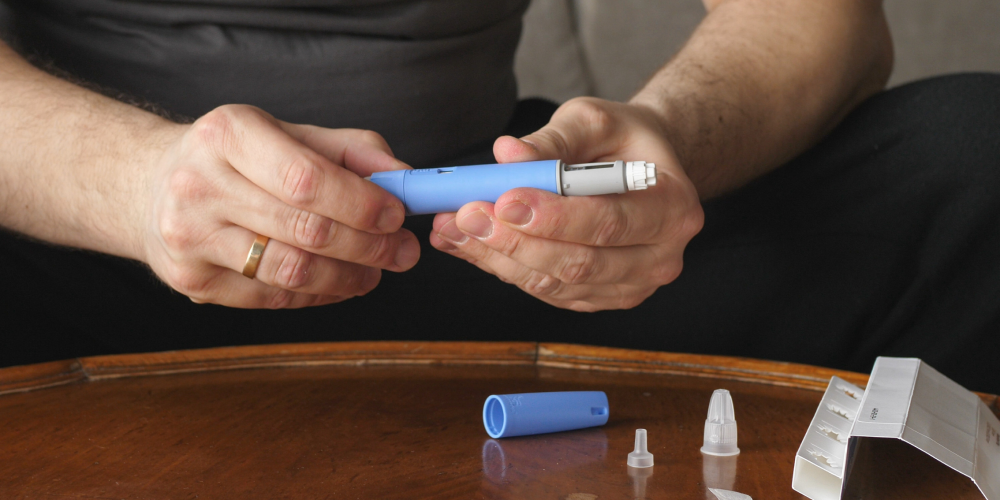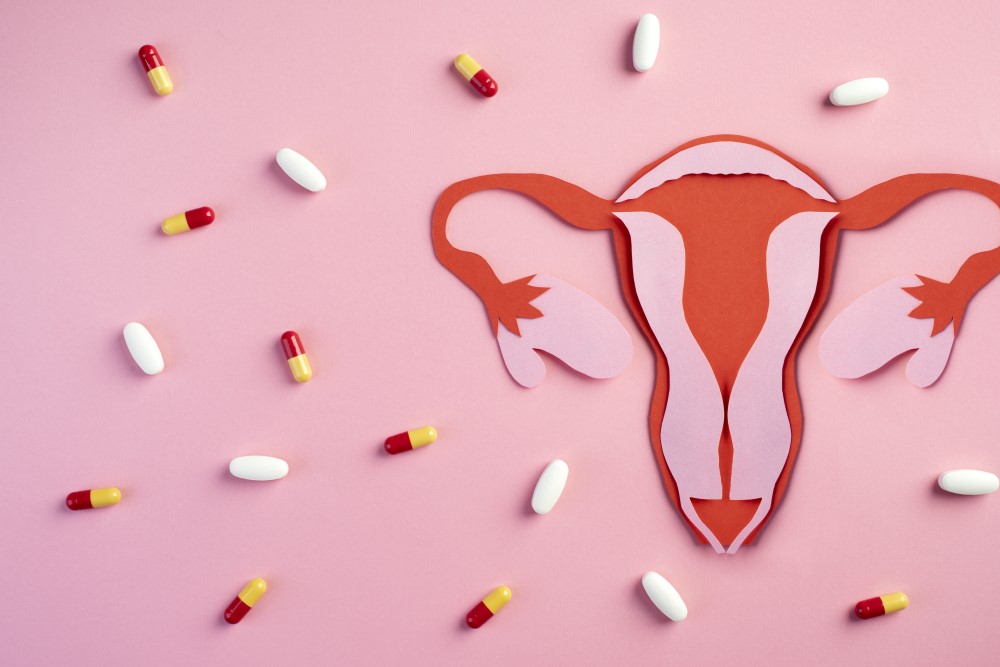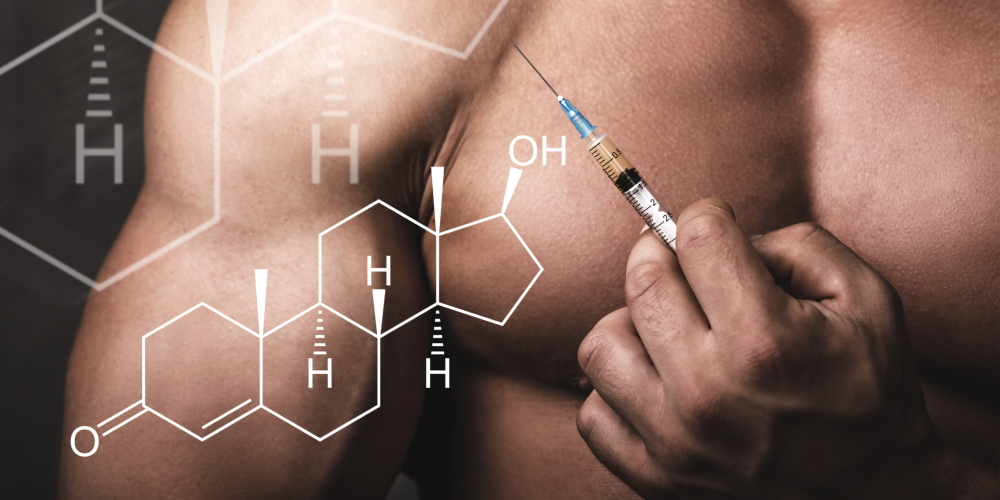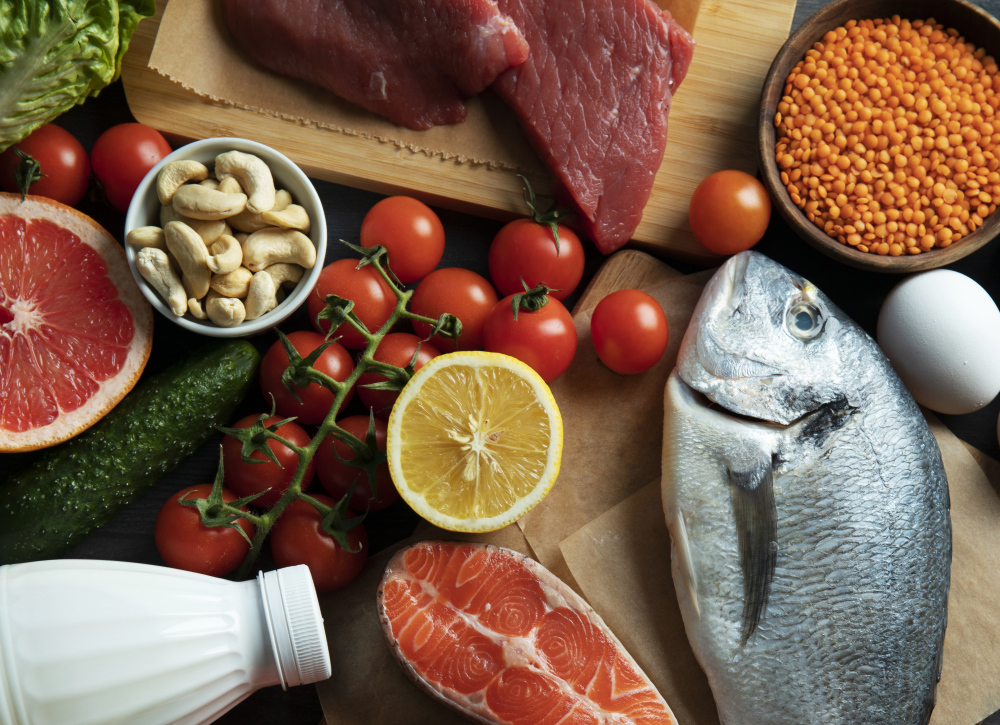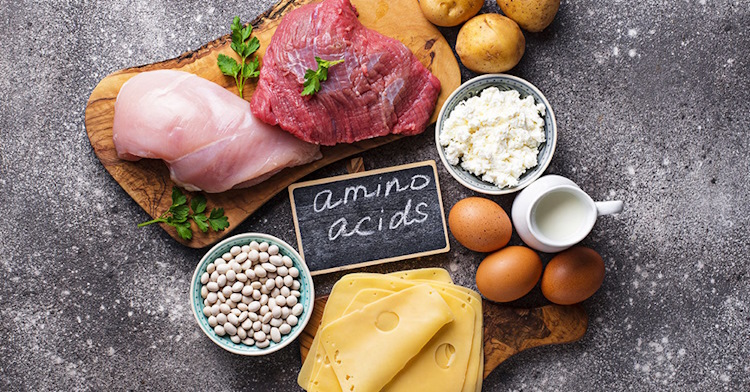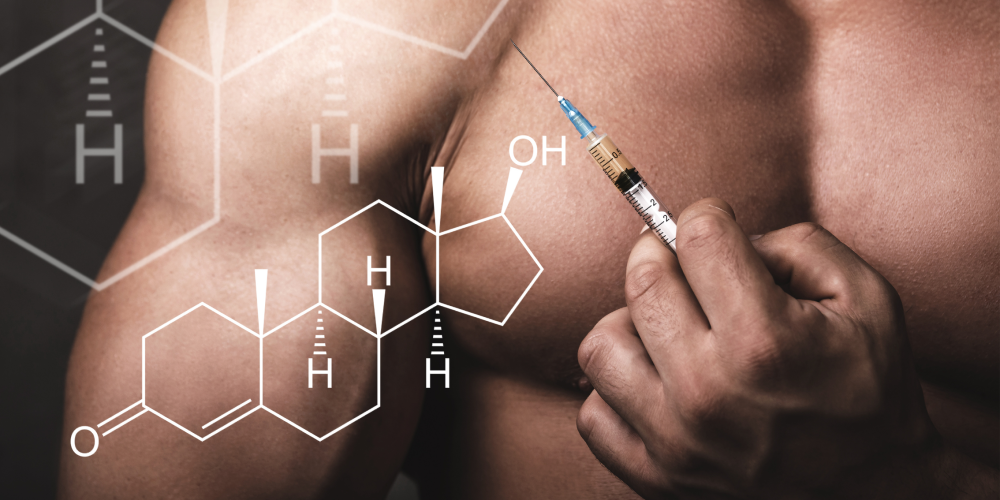Estimate your 1RM without actually doing a 1RM
First of all, let’s define what a 1RM, or a 1 repetition max, is: it’s the most amount of weight you can lift for a given movement with or without strict form. Knowing your 1RM can be extremely helpful for a number of reasons: it allows you to track your progress from time to time, especially if you’re focusing in improving strength. Also, many athletes of various categories find the most and fastest progress when training under a program based on a percentage of your 1RM. These methods are generally called “percentage training”.
As you can imagine, and also happens to be the opinion of some experts, doing actual single-rep maximums in the gym may prove a bit challenging: it can be dangerous, injury-producing and counter-productive to a training protocol, as a 1RM can be take a serious toll on the body even when done with perfect motion and precise form. Also, if you’re going to your absolute max, you’re going to need spotters (up to 3 for a squat), or you don’t have enough plates available, don’t know to properly warm-up for a 1RM, etc.
Of course, doing single-rep maximums also has its own benefits, such as revealing the sticking points of the movement. For example, in a bench press motion, if you’re stuck in the bottom, you probably need to train your pecs harder; in the middle, deltoids; if the problem is locking out at the top, probably your triceps are the weak point. These are generalizations and professional advice is advised in these cases, but it’s a general idea.
With this in mind, through a lot of scientific and statistical estimation, you can do a 2 to 10 rep set and multiply the weight used by a coefficient. For example, if you’re able to do a 6-rep set with 315lbs, your 1RM estimate is about 1.21*315 = 381lbs. If you need, you can look online for a table with higher-reps sets.
| No of reps: | 2 | 3 | 4 | 5 | 6 | 7 | 8 | 9 | 10 |
| Multiplier: | 1.07 | 1.12 | 1.15 | 1.18 | 1.21 | 1.24 | 1.27 | 1.30 | 1.33 |



